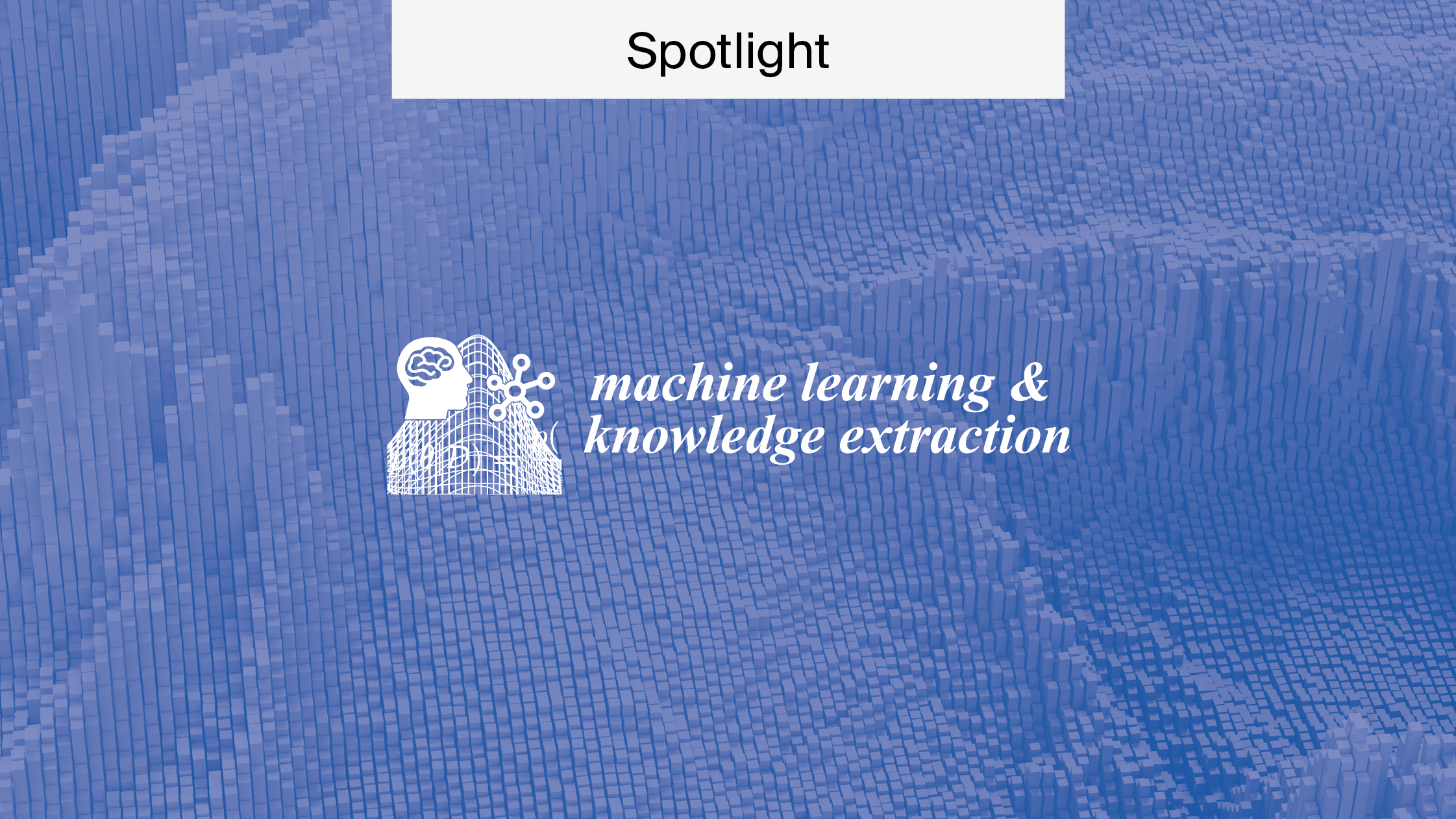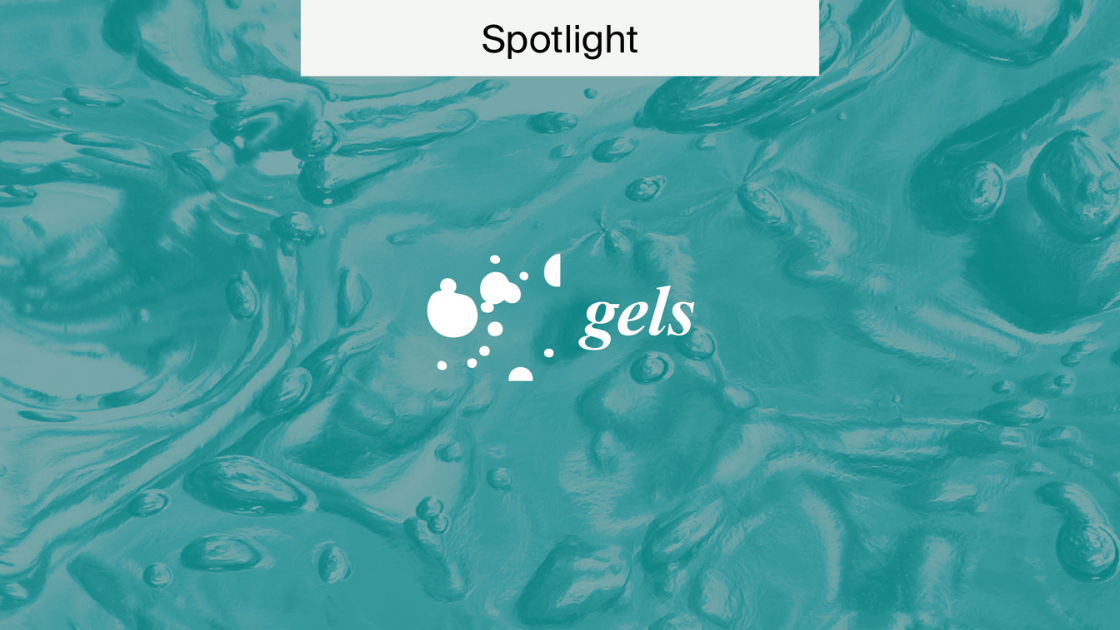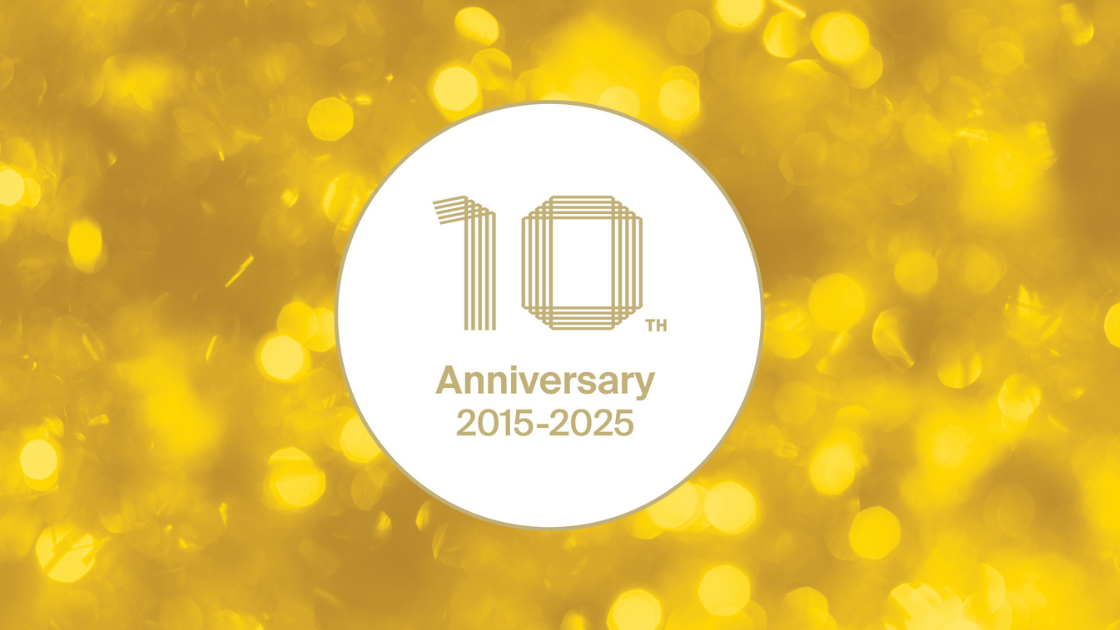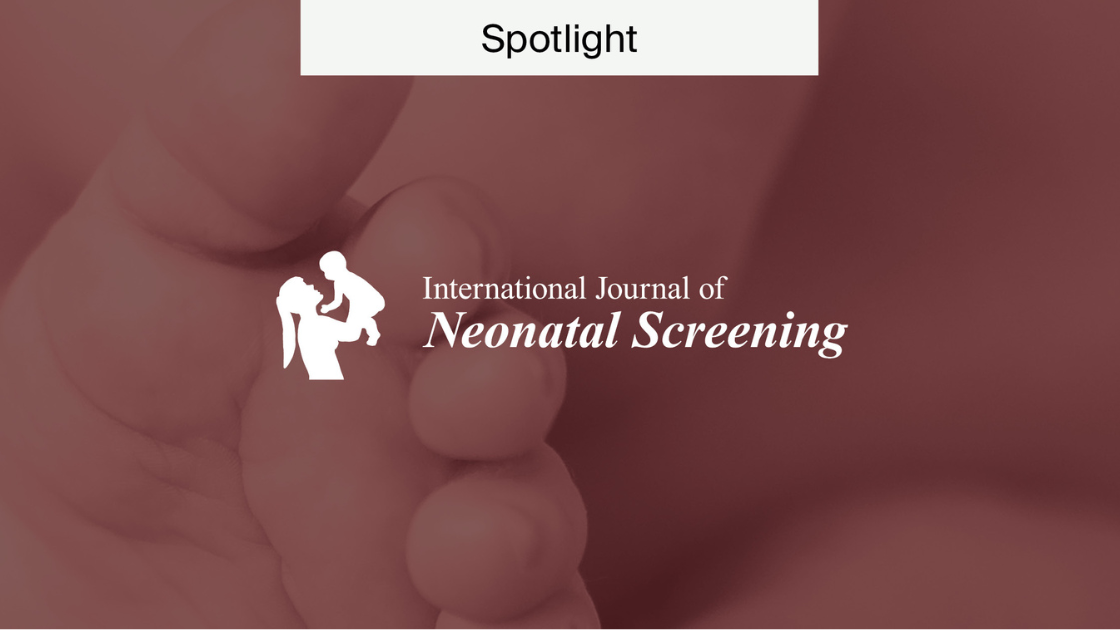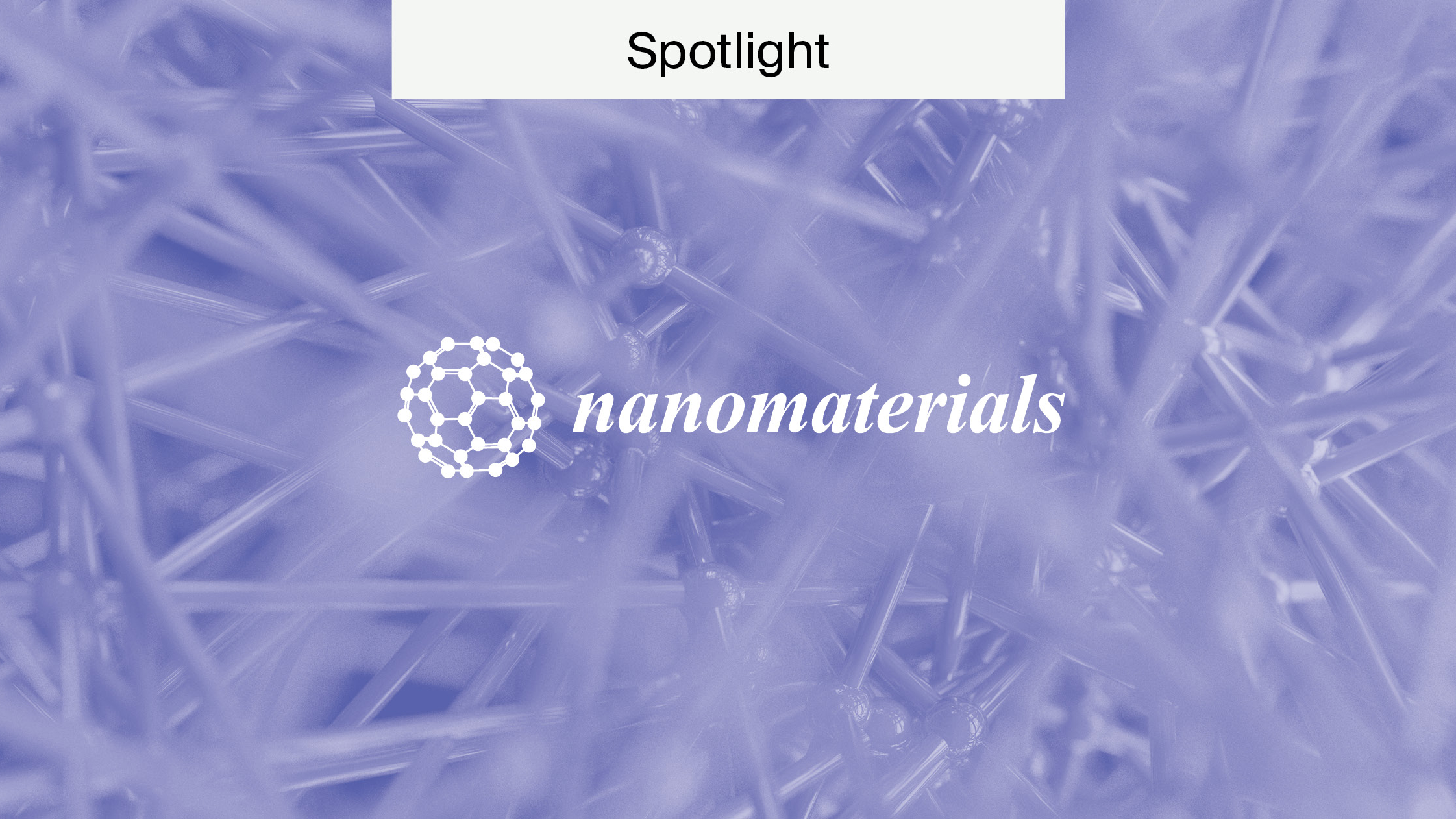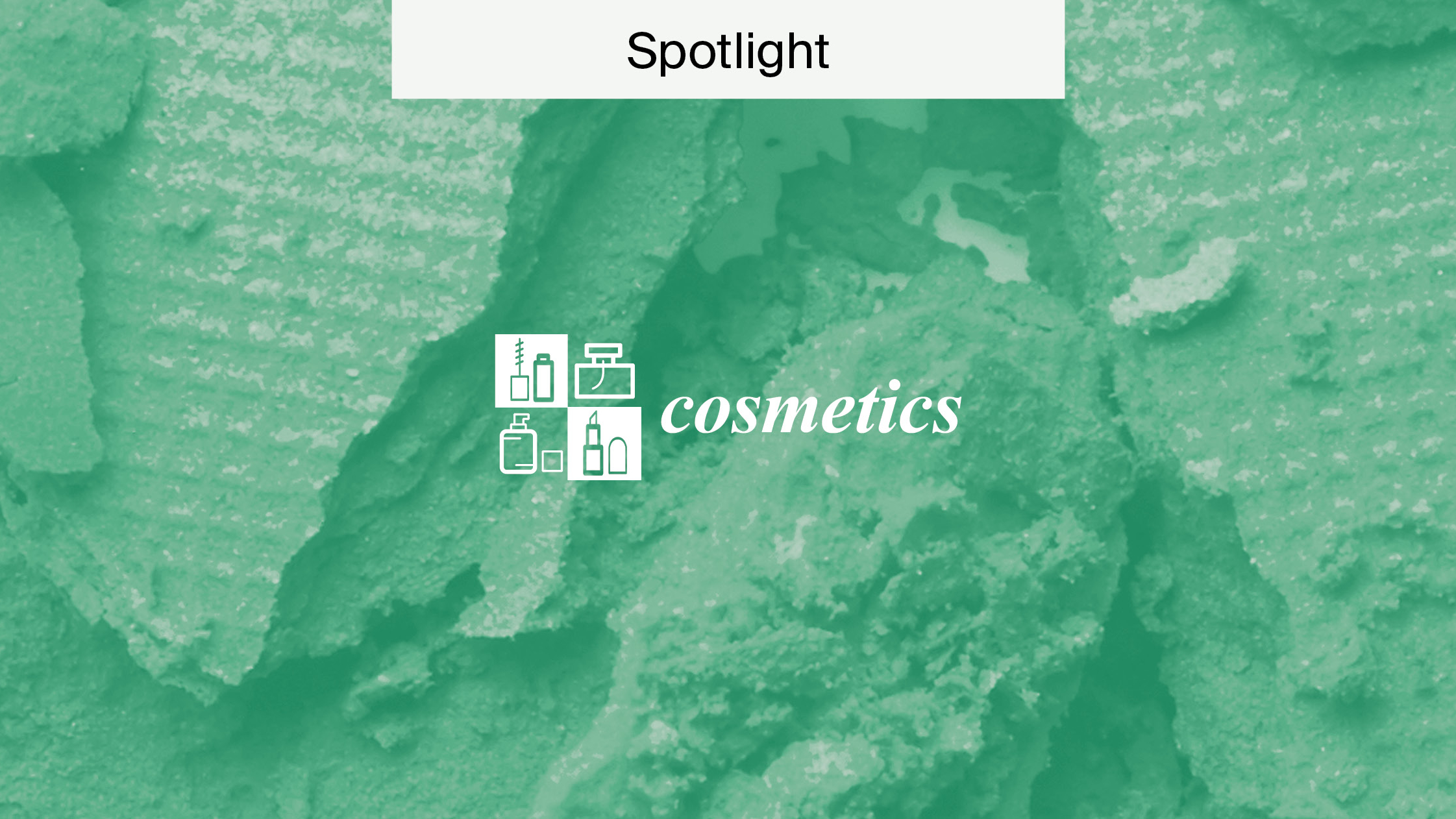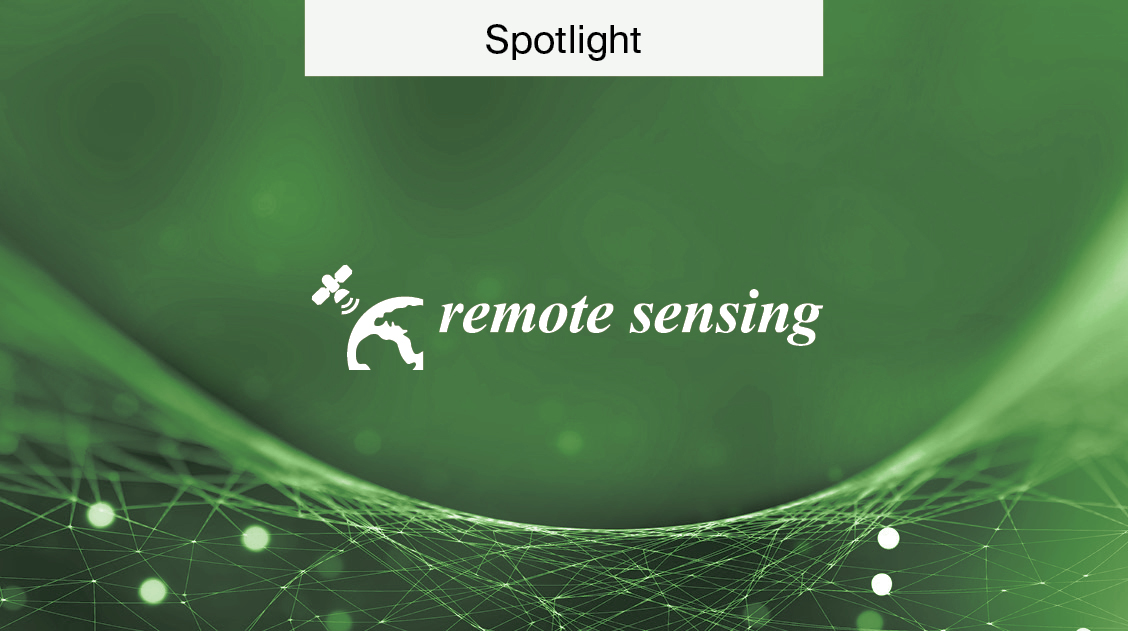
Spotlight on Remote Sensing
This month, we’re taking a look at one of MDPI’s oldest journals, Remote Sensing, and look at its growth over the years, going all the way back to its launch in 2009.
A history of Remote Sensing
The inaugural issue of the journal was published in 2009, and as with many of MDPI’s earlier journals, it started on a quarterly publication schedule. Prof. Dr. Wolfgang Wagner served as the Editor in Chief, all the way through to 2011 when he was succeeded by Dr. Prasad S. Thenkabail.
Remote Sensing adopted a monthly publication schedule the year after it launched, and was indexed in Scopus and Compendex (Elsevier) in 2011. The following year, it was also indexed in Science Citation Index Expanded (SCIE) and Journal Citation Reports (JCR) – Web of Science (Clarivate Analytics).
While its impact factor has grown over time, it received its first of 2.101 in 2013.
The 1st International Electronic Conference on Remote Sensing (ECRS-1) was held in 2015 and was quite a successful endeavour for the journal.
Additions to Remote Sensing
2017 was a landmark year, and Remote Sensing added a number of new topical sections to the journal:
- Atmosphere Remote Sensing;
- Remote Sensing in Geology, Geomorphology and Hydrology;
- Ocean Remote Sensing;
- Forest Remote Sensing;
- Remote Sensing in Agriculture and Vegetation;
- Remote Sensing Image Processing;
- Biogeosciences Remote Sensing.
In addition to this, the journal Impact Factor increased to 3.244, and then to 4.118 two years later in 2019. In 2020, the journal established more sections, AI Remote Sensing; Discoveries in Remote Sensing; Satellite Missions; and Ecological Remote Sensing. In that same year, the journal became an affiliated journal of the Japan Society of Photogrammetry and Remote Sensing (JSPRS).
Recent news about Remote Sensing
Remote Sensing was approved for coverage within three new categories of the Journal Citation Reports (JCR) in 2021: “Environmental Sciences”, “Geosciences Multidisciplinary” and “Imaging Science & Photographic Technology”. It also ranked 8/29 (Q2) in “Imaging Science & Photographic Technology”, 10/23 (Q2) in “Remote Sensing”, 27/199 (Q1) in “Geosciences, Multidisciplinary”, and 76/274 (Q2) in “Environmental Sciences”.
In 2022, Remote Sensing received an Impact Factor (2021) of 5.349, and a 5-Year Impact Factor (2020) of 5.786.
Want to learn more about Remote Sensing?
Remote Sensing is an international, peer-reviewed and open access journal publishing research on the science and engineering of coatings, thin and thick films, and surfaces and interfaces. The journal publishes original research papers and brief communications on the latest research findings as well as review papers. For further details, see the journal’s easy-to-navigate webpage.
Thinking of submitting your manuscript to Remote Sensing?
The journal is committed to publishing innovative and quality research. Authors thinking of submitting manuscripts to the journal can access the list of requirements for submission on the webpage. For example, full experimental and/or methodical details should be included in papers published in the journal, as Remote Sensing is dedicated to ensuring research integrity and the reproducibility of results.
Authors are encouraged to read the submission instructions specific to each journal prior to submission. Authors looking to publish their work in Remote Sensing can submit manuscripts online at susy.mdpi.com. Templates for articles are provided here in both LaTex and Microsoft Word formats. In case you are unsure, the submitting author is generally the corresponding author and is responsible for the manuscript during the submission and peer-review process. To submit your manuscript, register and login to the submission website.
Once you have registered, click here to go to the submission form. All co-authors can see the manuscript details here. To do so, they must register and log in using the same e-mail address used for manuscript submission.
Future research
Remote Sensing is always looking to publish new and innovative research. For a more extensive list of research topics, have a look through the journal’s About section.

